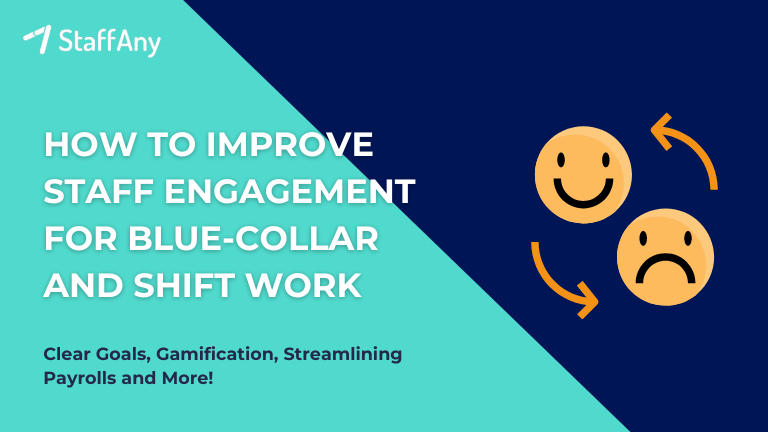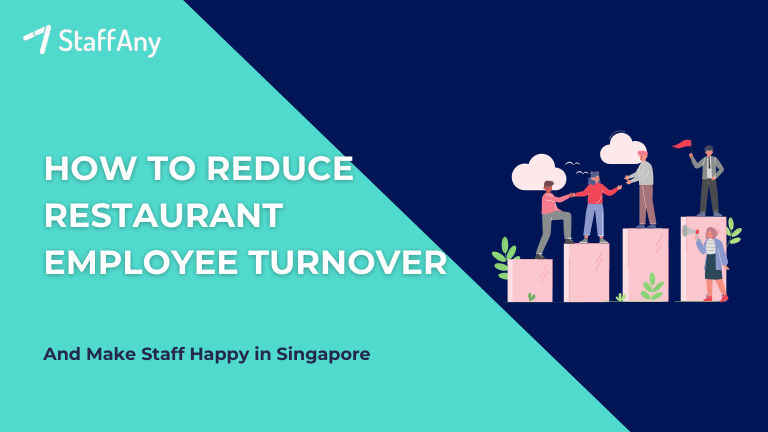Employee retention is a critical aspect of any successful organisation. It refers to the ability of a company to retain its employees and prevent them from leaving the organisation voluntarily. Employee retention is essential for maintaining a stable workforce, reducing recruitment costs, and fostering a positive work culture.
In this article, we will explore the concept of employee retention, its significance, and the best strategies that organisations can adopt to improve employee retention rates. Let’s get started!
What is Employee Retention?
Employee retention is retaining employees within an organisation for an extended period, thereby reducing employee turnover. It is a key performance indicator that indicates the overall job satisfaction and contentment of employees within an organisation.
High employee retention rates demonstrate that employees are happy with their roles, feel valued, and have a positive outlook towards the company.
Read more: 8 Elements of Employee Engagement
Main Drivers of Employee Retention
Understanding the main drivers of employee retention is crucial for organisations looking to enhance their retention strategies. Here are the primary drivers of employee retention:
1. Competitive Compensation and Benefits
Offering competitive salaries and attractive benefits is vital for retaining employees. When employees feel that they are being fairly compensated for their skills and efforts, they are more likely to remain loyal to the company.
Benefits such as health insurance, retirement plans, flexible working hours, and paid time off also play a significant role in employee satisfaction and retention.
2. Opportunities for Growth and Advancement
Employees value organisations that provide opportunities for personal and professional growth. Companies that offer training programs, skill development workshops, and career advancement prospects are more likely to retain talented employees.
When employees see a clear path for growth within the organisation, they are motivated to stay and contribute to its success.
3. Positive Work Environment
A positive work environment is crucial for employee retention. Employees want to work in a supportive and inclusive atmosphere where their contributions are acknowledged and appreciated.
Encouraging teamwork, recognising achievements, and promoting work-life balance are some ways to create a positive work environment that fosters employee retention.
4. Strong Leadership and Management
Effective leadership and management are instrumental in retaining employees. Employees are more likely to stay with a company when they have confidence in their leaders and trust their decision-making abilities.
Managers should maintain open communication with their teams, provide constructive feedback, and be approachable to build trust and loyalty among employees.
5. Work-Life Balance
Maintaining a healthy work-life balance is increasingly crucial for modern employees. Companies that recognise the importance of work-life balance and implement policies that support it are more likely to retain their workforce.
Flexible work hours, remote work options, and family-friendly policies improve job satisfaction and retention rates.
6. Employee Retention Programs
Implement wellness initiatives that support employees’ physical and mental health. This can include gym memberships, mental health resources, stress management programs, and other wellness-related benefits.
7. Clear Communication
Maintain transparent communication about organizational goals, changes, and expectations. Keeping employees informed and involved in decision-making processes helps build trust and engagement.
8. Employee Feedback and Surveys
Regularly seek feedback from employees through surveys or one-on-one discussions. Understanding their concerns and suggestions can help address issues before they become significant problems.
9. Promote a Diverse and Inclusive Culture
Create an environment that values diversity and inclusion. A workplace that celebrates differences and ensures equal opportunities for all employees fosters a sense of belonging and loyalty.
10. Exit Interviews and Analysis
Conduct exit interviews to understand the reasons behind employee departures. Use this information to identify areas for improvement and adjust retention strategies accordingly.
11. Flexible Work Arrangements
Consider offering flexible work schedules, remote work options, or compressed workweeks. Flexibility can enhance work-life balance, reduce stress, and make your organization more attractive to a diverse range of employees.
By combining these strategies and tailoring them to your organization’s specific needs, you can create a workplace that attracts, engages, and increase employee retention and employee job satisfaction over the long term.
Causes for High Employee Turnover
Employee turnover can be a concerning issue for organisations, leading to increased recruitment costs, disruptions in workflow, and decreased productivity. Let’s delve into the eight common causes behind high employee turnover:
1. Lack of Recognition and Appreciation
Feeling valued and appreciated for their contributions is a fundamental need for employees. When organisations fail to recognise and acknowledge the efforts of their workforce, it can lead to low morale and diminished job satisfaction.
Employees who do not receive the recognition they deserve are more likely to seek opportunities elsewhere, where their hard work is appreciated.
2. Inadequate Opportunities for Advancement
Employees are motivated to stay with a company when they see a clear path for career advancement. If organisations do not offer sufficient growth opportunities, employees may feel stagnant and decide to explore better prospects elsewhere.
Regular performance evaluations, mentorship programs, and avenues for skill development are essential to address this issue.
3. Poor Management and Leadership
Effective leadership and management are crucial for employee satisfaction and retention. Employees who encounter poor leadership, such as lack of communication, micromanagement, or insufficient support, may feel disengaged and uncommitted to the organisation’s goals.
Investing in leadership development and creating a positive management culture can significantly impact employee retention.
4. Uncompetitive Compensation
Competitive compensation is vital in retaining top talent. If employees feel that their efforts are not adequately rewarded in terms of salary and benefits, they may be tempted to explore other job opportunities that offer better pay packages.
Regular market research and adjustments to compensation packages are necessary to remain competitive in attracting and retaining skilled employees.
5. Excessive Workload and Stress
A consistently heavy workload and high-stress levels can lead to employee burnout. Employees feeling overwhelmed and unsupported in managing their tasks negatively impacts their job satisfaction and work-life balance.
Implementing measures to ensure a balanced workload, providing resources for stress management, and encouraging open communication can mitigate this cause of high turnover.
6. Lack of Work-Life Balance
Maintaining a healthy work-life balance is crucial for employee well-being and retention. Employees who find it challenging to balance their professional and personal lives may seek employment elsewhere to improve their quality of life.
Organisations can support work-life balance by offering flexible working hours, remote work options, and family-friendly policies.
7. Toxic Work Culture
A toxic work culture can drive talented employees away from an organisation. Negative attitudes, office politics, and a lack of trust among colleagues create an unhealthy environment that hampers employee motivation and engagement.
Organisations should promote a positive work culture through open communication, transparency, and a commitment to fostering teamwork and respect.
8. Insufficient Employee Development Opportunities
Employees who feel their skills are not fully utilised or have limited opportunities for growth are more likely to leave. Regular training sessions, skill development workshops, and advancement programs can boost employee retention by demonstrating a commitment to their professional growth and success.
Employee retention plays a pivotal role in the success and growth of any organisation. By understanding the primary drivers of employee retention and addressing the causes of high turnover, businesses can create a workplace that fosters loyalty, productivity, and overall employee satisfaction. Remember, investing in your employees is an investment in your organisation’s future.
Now, are you tired of struggling with outdated and inefficient scheduling tools? Say goodbye to spreadsheet scheduling and embrace the future with StaffAny’s employee schedule maker!
StaffAny’s advanced technology empowers you to optimise your employee schedules like never before, fostering a happier and more engaged workforce.
With better cost control and increased efficiency, StaffAny can help ensure your valued employees have the work-life balance they deserve. Take charge of your employee retention efforts and streamline your workforce management today with StaffAny. Contact us to learn more and start your path to a more efficient and successful business!













